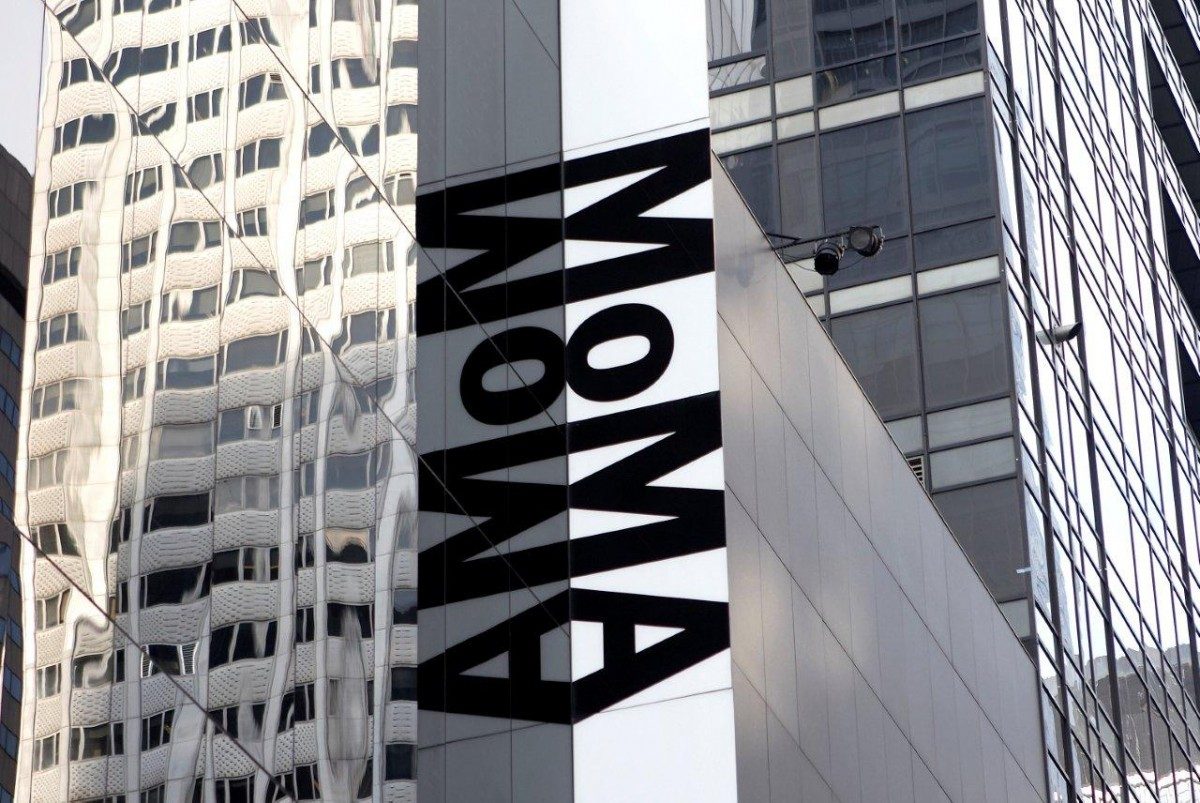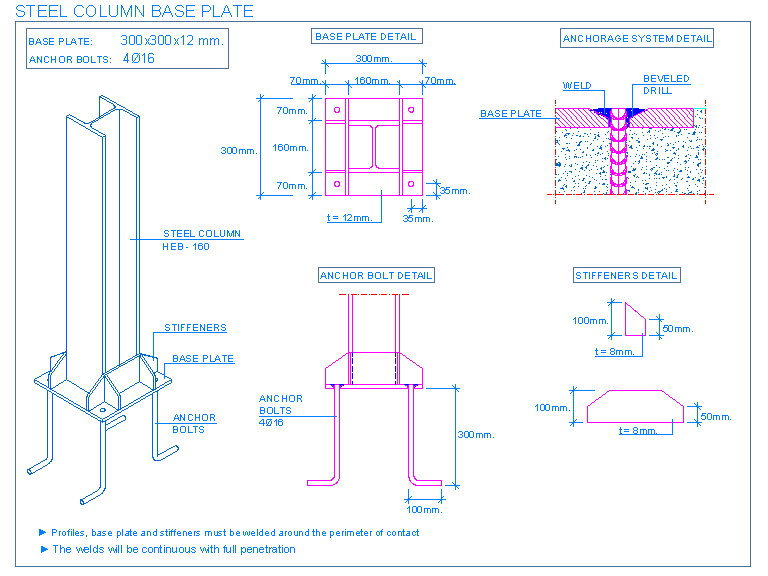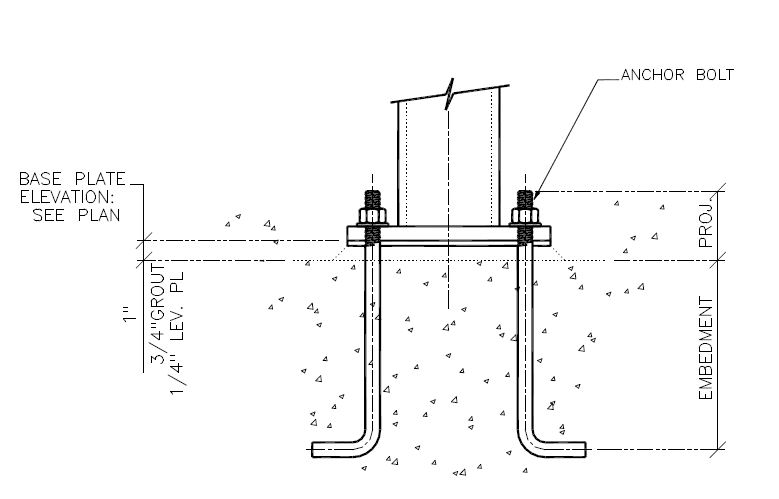“The entrance to the Museum of Modern Art is tucked beneath a demure facade of granite and glass in Midtown Manhattan.”
“In unifying the Museum’s built form, Taniguchi refined select edges of the building’s history while dissolving others. The original 1939 International Style building was restored, including its white marble facade and piano canopy. Philip Johnson’s 1953 Sculpture Garden was also renovated and enlarged. Taniguchi envisioned the garden as the museum’s core, providing views from each of the surrounding buildings. Two volumes of equal height frame the east and west end of the garden, housing the Education and Research Building and main gallery complex, respectively. To the south, a similar palette of thin columns and opaque white glass replaced the first seven stories of Pelli’s residential tower. From within the Sculpture Garden, this consistent language allows visitors to understand the complex as a whole. Along 54th Street, the symmetrical volumes are clad in black granite, dark gray glass, and aluminum, linking the site across its full length.“
“Taniguchi achieved the refined, minimal aesthetic by exacting precision in each detail. The panels on the exterior facades were installed with the least possible tolerance, diminishing the seams to create an apparently continuous surface. Vast panes of glass hang beneath the deep porticoes bounding the Sculpture Garden. To ensure the glass would not deflect as the museum filled with visitors, the curtain walls were freed from the floor structure. Steel mullions were chosen over the standard aluminum to allow a thinner profile of sufficient strength.“
https://www.archdaily.com/430903/ad-classics-the-museum-of-modern-art
http://www.happho.com/difference-wet-dry-installation-natural-stone-cladding/
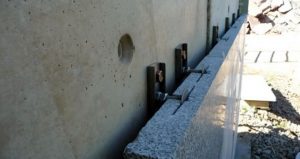
https://www.alibaba.com/product-detail/G603-Granite-Exterior-Wall-Cladding_218872916.html
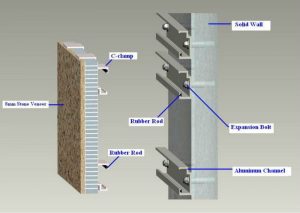
http://www.archiexpo.com/prod/stone-panels/product-49648-1104593.html

